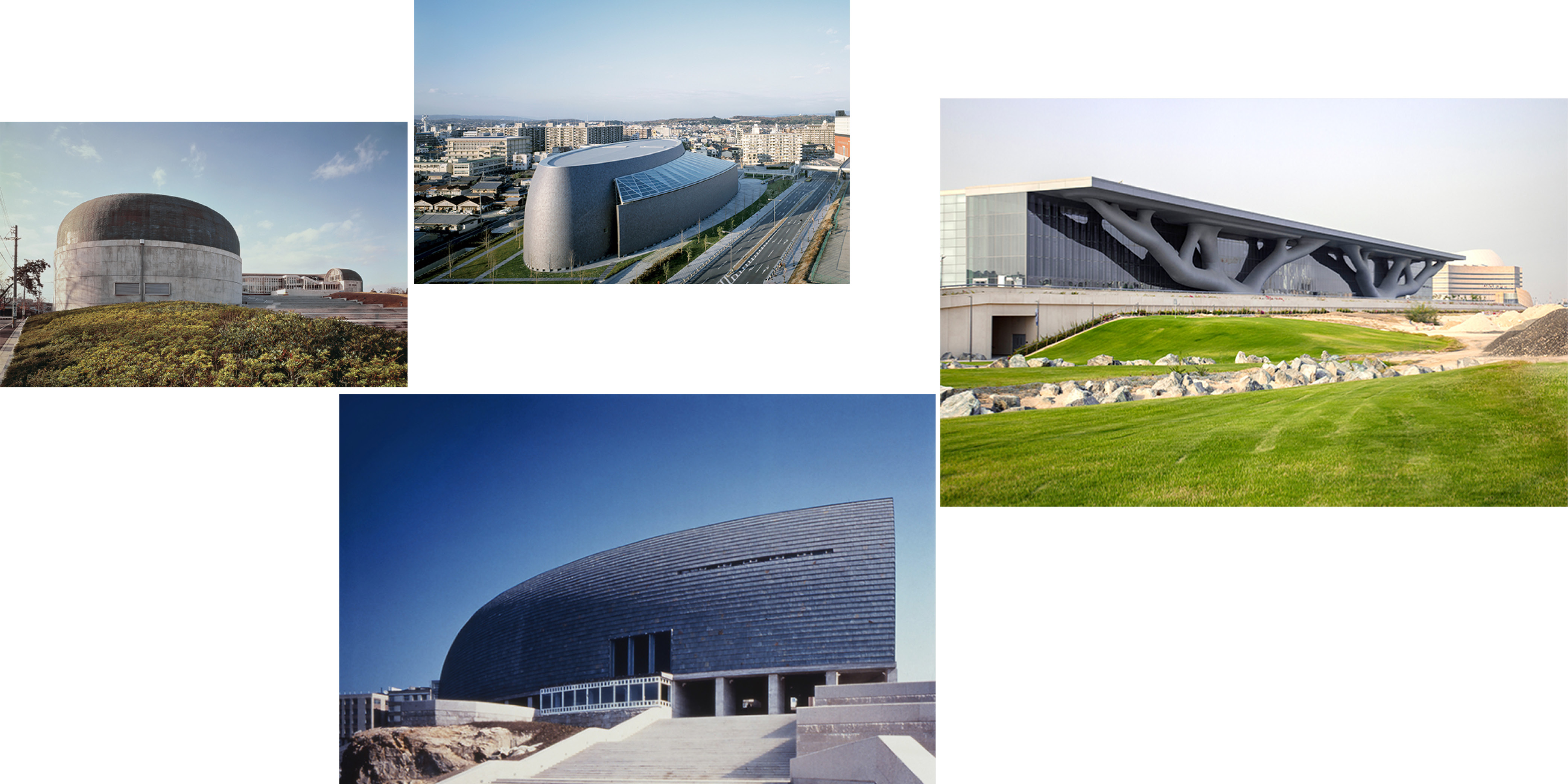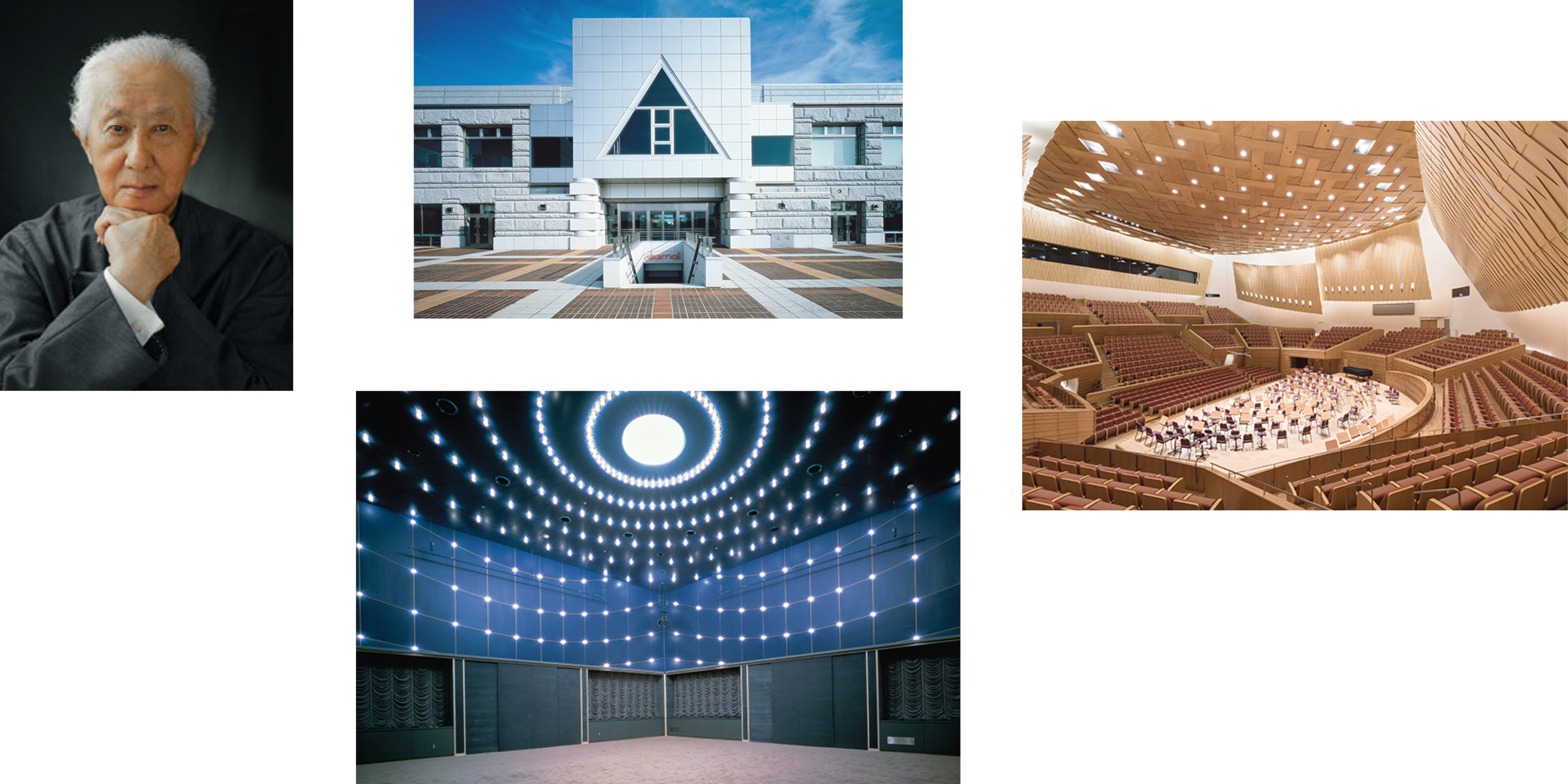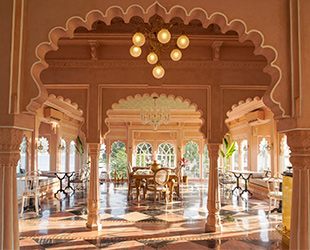People
Getting to know the 2019 Pritzker Prize Laureate: Arata Isozaki
MAR 7, 2019 | By Nitija Shastri
Distinguished Japanese architect, city planner and theorist, Arato Isozaki has been selected as the 2019 Laureate of the Pritzker Architecture Prize — the award, internationally, the highest honour bestowed upon the architect. Lauded as a visionary of this generation, Isozaki’s modern approach, transnational methodology and designs blending East and West, redefines global influences within architecture.Growing up in the shadow of World War II, Isozaki witnessed the atomic bombing of Hiroshima, which lies across the shore from his hometown of Oita, burned down to the ground. “I grew up on ground zero. It was in complete ruins, and there was no architecture, no buildings and not even a city. Only barracks and shelters surrounded me. So, my first experience of architecture was the void of architecture, and I began to consider how people might rebuild their homes and cities.” recalls the Pritzker Laureate. He then went on to began his career with an apprenticeship under the guidance of 1987 Pritzker Prize Laureate Kenzo Tange and further established Arata Isozaki & Associates in 1963, amidst political, economic and cultural uncertainty from the decimation of war. Isozaki demonstrated a worldwide vision that was ahead of his time and facilitated a dialogue between East and West — a first amongst his Japanese counterparts. He emerged as an international leader in architecture in the 1980s, with his first overseas commission, the Museum of Contemporary Art, Los Angeles. His precision and dexterity are demonstrated through his mastery of an intercontinental range of building techniques, interpretation of site and context, and intentionality of details. Among his works is the Palau Sant Jordi in Barcelona for the 1992 Olympics, the Shenzen Cultural Center in China and the Allianz Tower in Milan. His buildings are also found all over Japan.The Pritzker Laureate, now, holds the fort in Japan’s southwestern region of Okinawa and will be awarded the prize in a May ceremony at the Chateau de Versailles, France.









